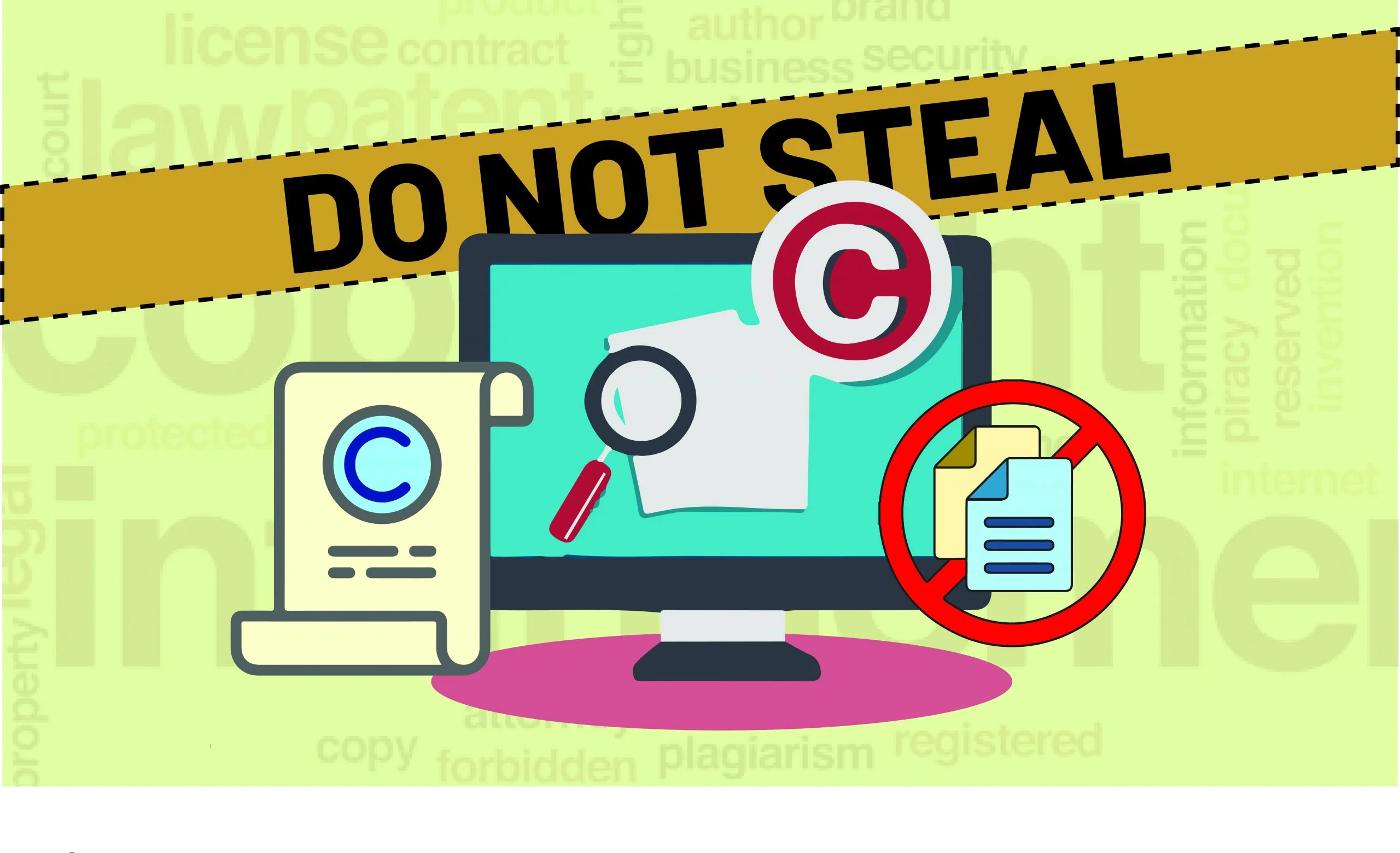“Avoid Copyright Issues” In today’s digital era, where millions of images, videos, music, and written content are published every day, copyright issues have become more common—and more serious. Whether you’re a content creator, student, business owner, or developer, understanding how to avoid copyright infringement is crucial for staying safe legally, ethically, and professionally.
This guide covers the top ways to avoid copyright issues, so you can confidently use and create content without stepping into legal trouble.
🧠 What is Copyright?
Copyright is a form of legal protection given to creators of original works, including literature, music, software, films, photography, and more. It gives the creator exclusive rights to reproduce, distribute, display, perform, and adapt their work.
Using copyrighted material without permission—or in a way that violates those rights—can result in legal consequences, including lawsuits and financial penalties.
⚠️ Why You Should Avoid Copyright Infringement
- Legal Protection: Copyright infringement can lead to lawsuits, fines, or DMCA takedowns.
- Reputation Management: Being accused of stealing content can damage personal or brand credibility.
- Monetization Issues: Platforms like YouTube, Instagram, and Amazon may demonetize or ban accounts using copyrighted material.
- Business Risk: Companies can lose licenses, face penalties, or be forced to take down entire marketing campaigns.
✅ Top 10 Ways to Avoid Copyright Issues
1. Create Your Own Original Content
The most reliable way to stay safe from copyright infringement is to generate your own content:
- Write original articles and blog posts.
- Take your own photos and shoot your own videos.
- Design graphics and logos from scratch.
- Record your own music or use royalty-free tracks.
💡 Tip: Original content = full ownership = no permission needed.
2. Use Royalty-Free and Creative Commons Content
There are thousands of free resources available where you can legally use content without worrying about copyright:
Trusted Royalty-Free Sources:
- Images: Unsplash, Pexels, Pixabay
- Music: Free Music Archive, Bensound, Incompetech
- Videos: Videvo, Mixkit, Pexels Video
Just check the license terms—some Creative Commons licenses require attribution, while others allow use without it.
3. Get Proper Licenses and Permissions
When using content that’s not free, always:
- Purchase the appropriate license.
- Request written permission from the creator.
- Read and save all terms and conditions.
This applies to:
- Stock footage
- Commercial fonts
- Software and plugins
- Design templates
📂 Always save a copy of license agreements or permission emails for future reference.
4. Understand and Respect Fair Use
Fair use allows limited use of copyrighted content for purposes like:
- Commentary
- Criticism
- News reporting
- Teaching and research
However, it depends on:
- The purpose (educational/non-profit vs. commercial)
- The amount used
- The effect on the original work’s market value
⚠️ Fair use is NOT a guarantee—courts decide case by case. Use cautiously.
5. Avoid Copying and Modifying Copyrighted Content
Altering or remixing copyrighted content—like editing images, cutting videos, or changing lyrics—does not automatically make it fair use.
Unless the new work is transformative (adds new expression, meaning, or message), it may still violate copyright.
6. Use Public Domain Content
Works in the public domain are not protected by copyright and can be used freely. These include:
- Content published before a certain date (e.g., pre-1924 in the U.S.)
- Government documents and statistics
- Works the creator has explicitly placed in the public domain
🔍 Tip: Always confirm that a work is truly in the public domain before using it.
7. Always Give Proper Attribution
When using content under Creative Commons or open licenses:
- Credit the original author
- Link to the source
- Mention the license type
A standard format is:
“Photo by [Author] on [Platform] under [License]”
Improper or missing attribution may still count as infringement.
8. Use Copyright Check Tools
Before publishing or uploading, run your content through:
- Copyscape (checks written content)
- PlagScan or Turnitin (for academic writing)
- YouTube Content ID (auto-checks video/audio matches)
- TinEye or Google Image Search (to verify image originality)
These tools can alert you to potential issues before it’s too late.
9. Register Your Own Copyrights
To protect your work, consider registering it with your country’s copyright office. In India, the U.S., or many other jurisdictions, registration: Avoid Copyright Issues
- Acts as public proof of ownership
- Enables you to file a lawsuit if infringed
- Can lead to monetary damages or injunctions
🛡️ Protecting your own rights is just as important as respecting others’. Avoid Copyright Issues
10. Educate Your Team or Students
If you manage a team or class, ensure everyone understands: Avoid Copyright Issues
- What content is copyrighted
- How to use licensed content properly
- When to request permission or cite sources
Create content policies for your organization to avoid accidental misuse. Avoid Copyright Issues
📝 Conclusion – Avoid Copyright Issues
Avoiding copyright issues isn’t just about staying out of legal trouble—it’s about respecting creativity, maintaining professional integrity, and building a reputation of trust. In a world where almost everything is shareable and downloadable, being copyright-conscious can set you apart.
By using the strategies above—creating original work, licensing content, citing sources, and verifying usage rights—you can confidently build and share your content without fear of copyright violations. Avoid Copyright Issues


 Watch
Watch
 CASUAL WEAR
CASUAL WEAR